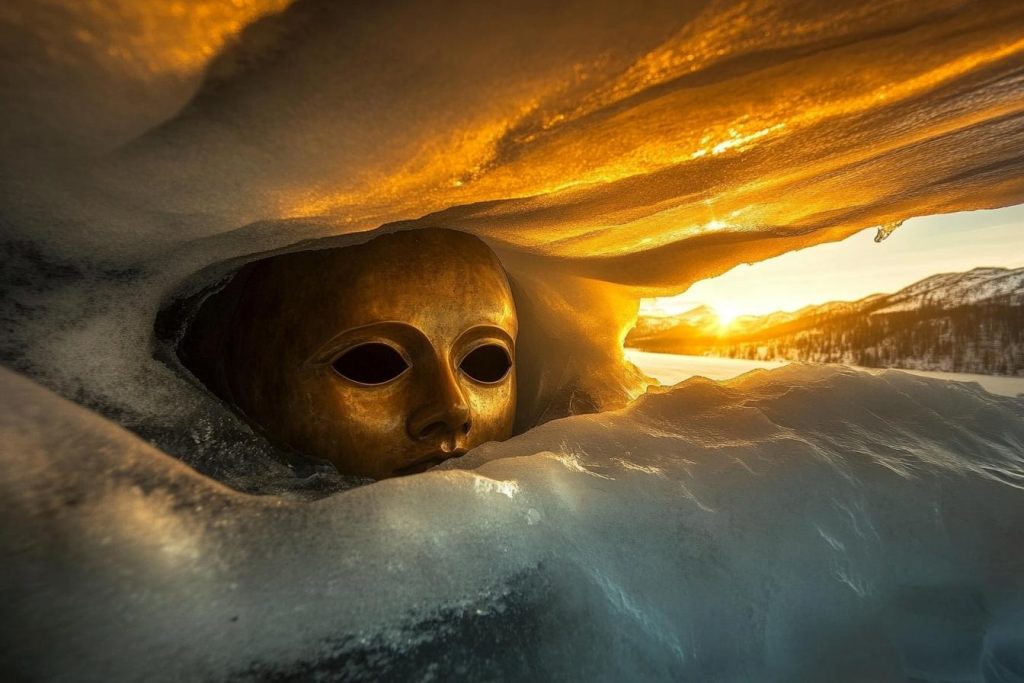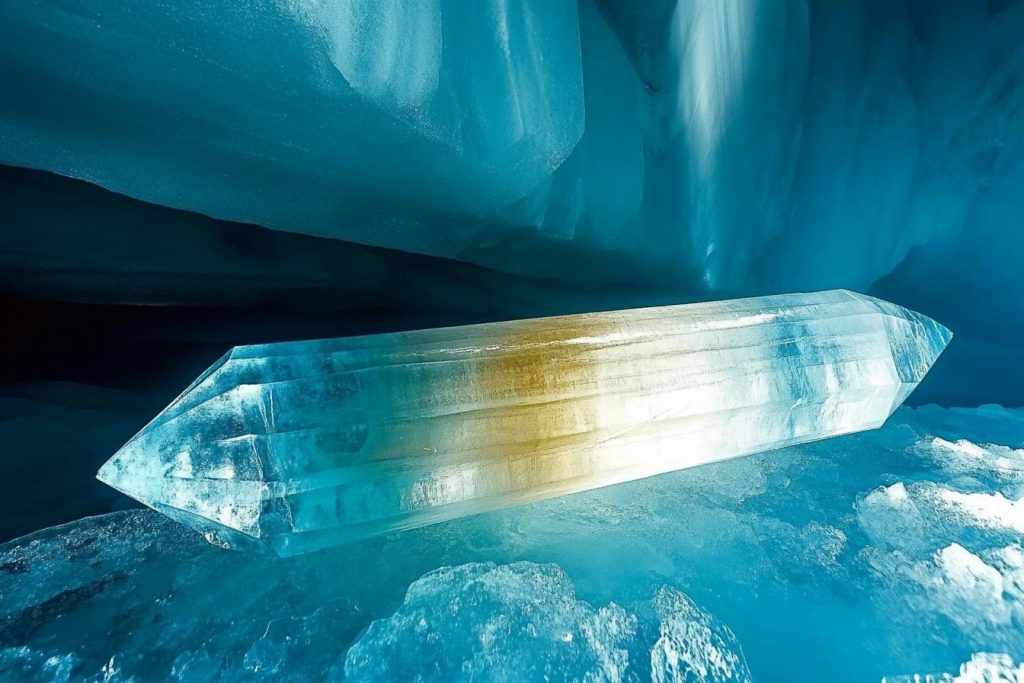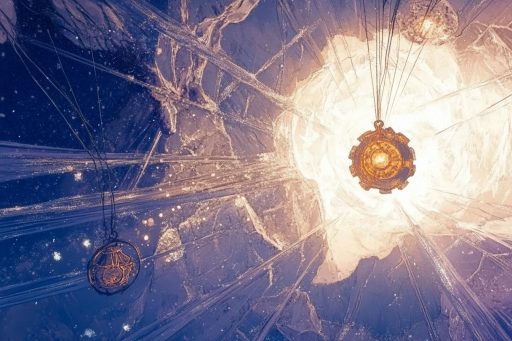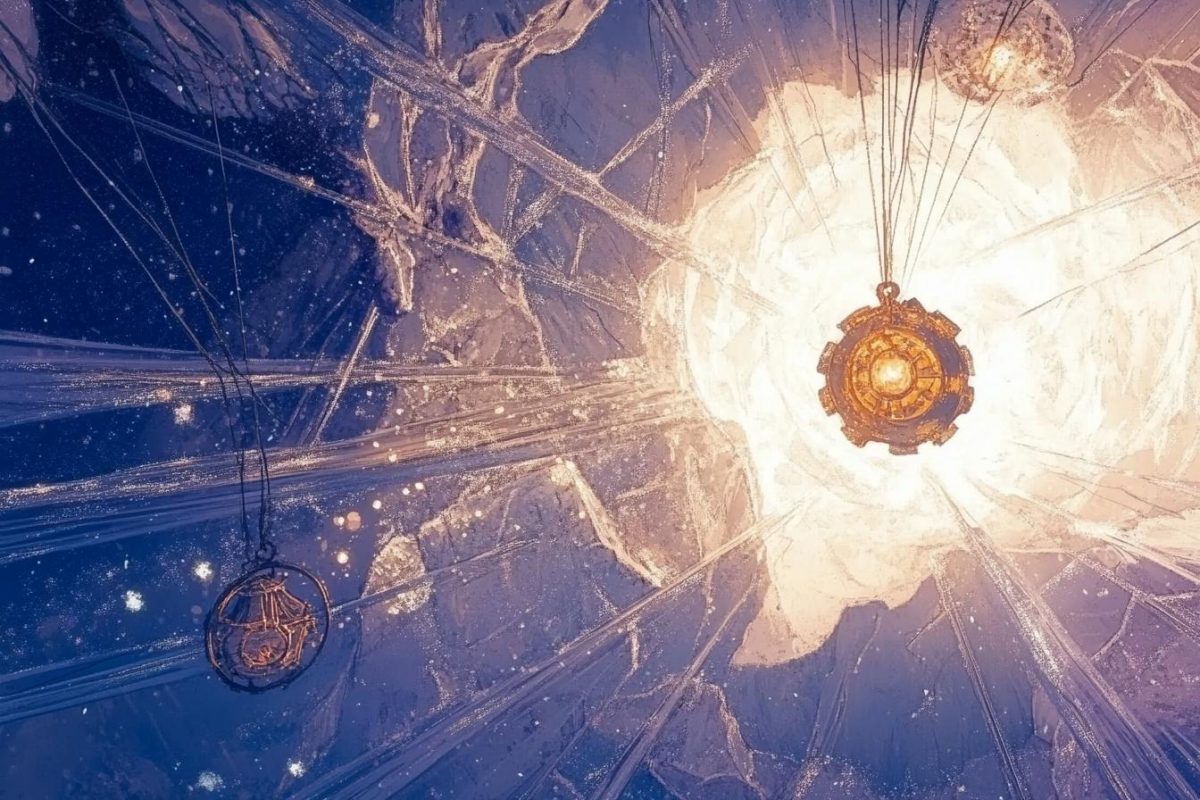
The ice preserves what time tries to erase. Across the coldest regions of the world, explorers have uncovered ancient objects entombed in glacial prisons—objects that challenge our understanding of history, technology, and even humanity itself. These relics are not just old; they’re impossible, mysterious, and in some cases, terrifying. What secrets does the frozen world still keep locked away in silence?
The Antikythera-Like Device in Siberia

In a remote ice cave in Siberia, researchers stumbled upon gears embedded in a frozen block of ice—resembling the infamous Antikythera mechanism from Greece. But this one was older, according to preliminary analysis, and found thousands of miles away with no connection to known ancient civilizations in the region. How did such advanced mechanical knowledge reach this isolated location? No civilization we know of should have possessed this technology.
The Bronze Mask Trapped in Alpine Ice

High in the Alps, mountaineers discovered a bronze mask with hauntingly human features, frozen in a glacier. The artifact predates known settlements in the area and doesn’t match any known cultural style. Some believe it’s evidence of a forgotten society lost to time and climate. The eerie expression on the mask suggests it may have been more than just ceremonial—it could have been a warning.
The Crystalline Blade of Greenland

Buried beneath layers of Greenlandic ice, archaeologists unearthed a perfectly intact blade made of crystalline material unknown to modern metallurgy. The weapon glows faintly under ultraviolet light, and no signs of corrosion mark its ancient surface. It shouldn’t have survived, let alone remained so pristine. Experts have no explanation for the craftsmanship—or how it got there in the first place.
The Ice-Encased Wooden Tablet with Unknown Writing

A wooden slab with deeply carved symbols was discovered in the melting permafrost of northern Canada. The writing doesn’t match any known ancient script, and carbon dating puts the object thousands of years older than indigenous habitation in the region. Linguists remain baffled. Some theorists suggest it’s not of this world—or from a civilization we’ve never documented.
The Iron Idol of the Andes

While hiking a treacherous frozen ridge in the Andes, a team of climbers came across a small iron figurine—clearly manufactured—trapped in ice. Ironworking wasn’t present in that region at the time the idol was dated to. Even more perplexing, the figure resembles deities never worshiped in the Americas. Who left it there, and why has it remained untouched for so long?
The Encased Coin That Shouldn’t Exist

Glacial melt in Iceland revealed a silver coin bearing inscriptions and symbols that appear to blend Roman, Norse, and something unidentifiable. Coins like this have no place in known trade histories of the time or region. Some scholars believe it’s a hoax—but the coin’s age and metallurgical composition say otherwise. Could it be evidence of ancient transcontinental contact… or something stranger?
The Animal Figurine Made of Unknown Material

During a research expedition in Antarctica, scientists found a small carved animal figurine frozen in a deep ice core. The material is unknown, ultra-light, and seemingly impervious to modern tools. The creature it depicts is unlike anything in the fossil record. Some speculate it’s a representation of an extinct or undiscovered species—others fear it could be a warning sign from an ancient intelligence.
The Caveman’s Accessory with Metal Components

In a melt zone in Alaska, a preserved ancient human was found wearing what appeared to be fur garments—standard enough—except for one strange accessory: a woven band with embedded metallic pieces. The band appears ornamental yet shows signs of advanced metallurgy, including copper and tin alloys. Such sophistication shouldn’t have existed in the era the body was dated to. Was this person part of a lost group far ahead of their time?
The Unfinished Stone Machine

Entombed in the ice of Mongolia, a bizarre stone contraption was discovered, half-constructed and partially buried with primitive tools nearby. It resembles a machine of sorts—its purpose unknown—but shows intentional design beyond coincidence. What’s chilling is that the surrounding area has no record of settlement, yet the site suggests whoever made it planned to return. Why did they stop, and what were they building?
Frozen in Time, or Something More?

The ice is more than just nature’s deep freezer—it’s a crypt, a vault, and a warning. These strange relics push the boundaries of what we know about ancient civilizations, timelines, and even humanity itself. Were they lost in accidents, buried in cataclysms, or hidden on purpose? As the world’s ice continues to melt, we may find more answers—or even bigger mysteries.





